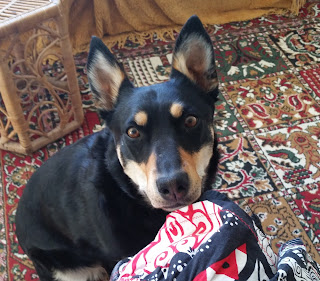COMM11007 Media Writing - Week 12 - Blog Activities - Reflections
Week 12 – Blog Activities - Reflection Reflection On My Learning Journey I have learned from this term to write in a shortened, succinct manner for media. It is a completely different mindset, and will be really useful if I ever have to work/self-employ with this method of writing. You are not born knowing how to do this, so, you have to learn it. The text-books and moodle instructions and notes were clear and easy to follow; with so many extra resources and links to investigate, Ames (2017). The online, face-to-face zoom sessions were a real help to me, being so far away from any campus. Having that human, real-time connection, made me feel like I was learning at university. Also, asking questions, and receiving instructions in real-time is helpful and time-saving. Doing the assessments helped me learn this new way of writing, and going out into the public to ask questions and gather information, was a daunting and empowering experience. Giving and receiving peer rev...
